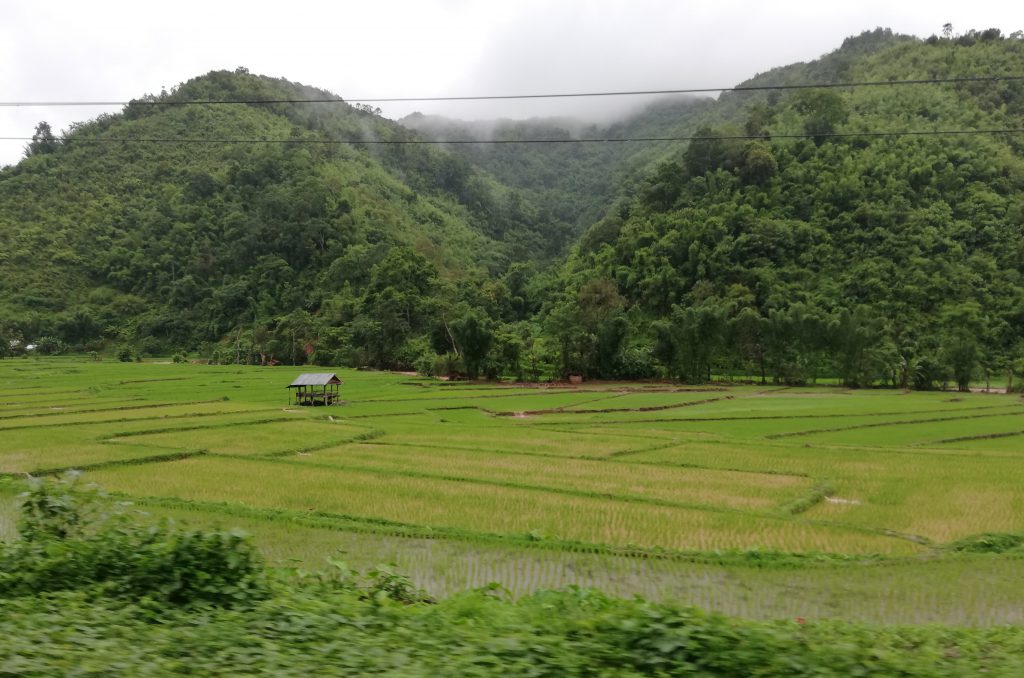Oudomxay Province
Oudomxay Province is in the heart of northern Laos. It borders China to the north, Phongsaly Province to the northeast, Luang Prabang Province to the east and southeast, Xayabouly Province to the south and southwest, Bokeo Province to the west, and Luang Namtha Province to the northwest. Covering an area of 15,370 km2 (5,930 sq. ml), the province’s topography is mountainous, between 300 and 1,800 metres (980-5,910 ft.) above sea level.

Approximately 60 rivers flow through Oudomxay Province, as for example Nam Phak, Nam Sae, Nam Beng, Nam Kor and Nam Nga.
The Upper Lao Mekong Important Bird Area (IBA) is 10,980 hectare in size. It spans the provinces of Oudomxai, Bokeo, and Sainyabuli. Noted topography includes river channel, exposed beds, sandbars, sand and gravel bars, islands, rock outcrops, bushland, and braided streams.
Vegetation in Oudomxay is rich by virtue of the monsoon climate. Several kinds of bamboo and a broad range of plants (for example orchids) are found in the region.
Approximately 40,000 hectares of land are cultivated in Oudomxay, with rice being the main crop.
In Oudomxay province, most of the population still practices subsistence agriculture.
Cropping rice using the wet-field paddy system is just possible in plain lowlands, which in Oudomxay are scarce. Both mountain rice grown at the mountain sides, as well as most of the few cultivable areas in the lowlands are merely irrigated by natural rainfalls.
Besides the use of land for agricultural purposes, approximately 40,000 hectares of land are forested or used as meadows.
Livestock breeding, above all of water buffalos, pigs, cattle and chickens, is an important component for the livelihood of rural population. According to estimations of the IUCN, approximately 12% of Oudomxay forests are primary forests, 48% secondary forests. For the population, the forests are not only source of wood, but also contribute to family incomes providing fruits, herbs and meat. It is also common that Lao cultivable land is rented to Chinese, which then is tilled by Chinese migratory labourers.
References:
- IPD ‘Oudomxay’: http://www.investlaos.gov.la/index.php/where-to-invest/provinces/udomxay
- Wikipedia ‘Oudomxay’: https://en.wikipedia.org/wiki/Oudomxay_Province




